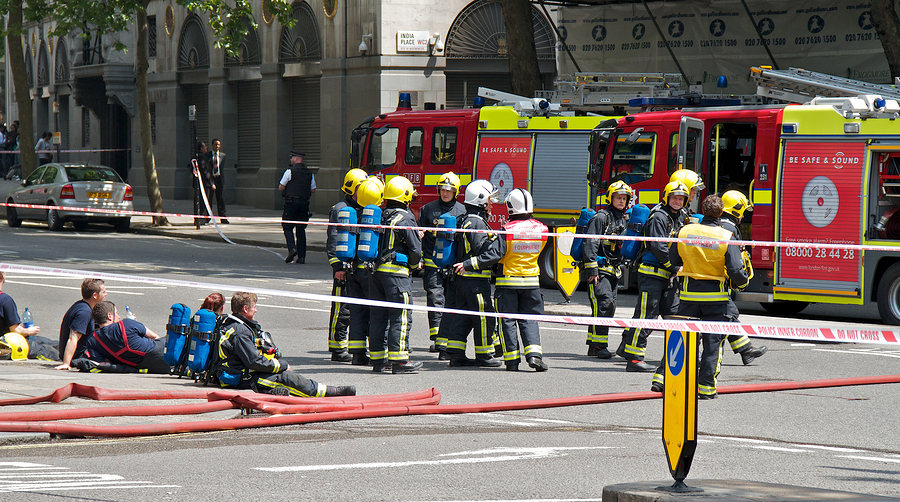Every member of staff has the right to expect that their workplace is safe and secure. This can only be assured with a suitable Health and Safety policy, which aims to facilitate a safe environment and correct working practices. One crucial element that must be well understood by all employees is the Emergency Response Plan, which is designed to:
- Ensure employees are correctly trained to react to emergency situations.
- Have procedures in place to reduce additional injuries and damage to property/facilities occurring after the initial incident.
Legal Framework and Statistics
Under the legal framework for the United Kingdom, which includes the Health and Safety at Work Act (1974), the company is responsible for the protection of its workforce, and the general public affected by its operations. Unfortunately, it appears that not enough is being done to ensure management/employee vigilance, as in 2015/16 there were 621,000 minor injuries and 144 fatalities as a result of severe injuries.
Adverse Impact
If a company does not follow the legal guidelines by implementing clear health and safety procedures, adequately training its staff on a regular basis on incident prevention and creating an Emergency Response Plan, it is very likely that employees will be vulnerable in emergency situations.
As a result, if minor injuries occur, fewer workers are likely to be present in work, thus affecting company productivity. If the injuries are serious and could have been avoided by correct management of Health and Safety, expensive court cases and settlements are highly likely; due to the company not seeming to care for its employees. Consequently, this will affect the morale of the entire workforce, as it will be seen that their health and security isn’t a priority for the management staff.
Top Tip: Make Health and Safety A Priority For All In Your Workplace
How do you prevent the adverse effects of Health and Safety Incidents?
The answer is simple. Train your staff in all health and safety procedures on a regular basis, including Emergency Response Plan protocols.
In conclusion, by attending an emergency planning and coordination training course, you’ll develop an improved knowledge of your workplace hazards and be more effective in engaging employees to health and safety procedures. Regardless if you work on a building site with heavy machines, in a restaurant kitchen or a children’s nursery, there are training options available for all business requirements.




